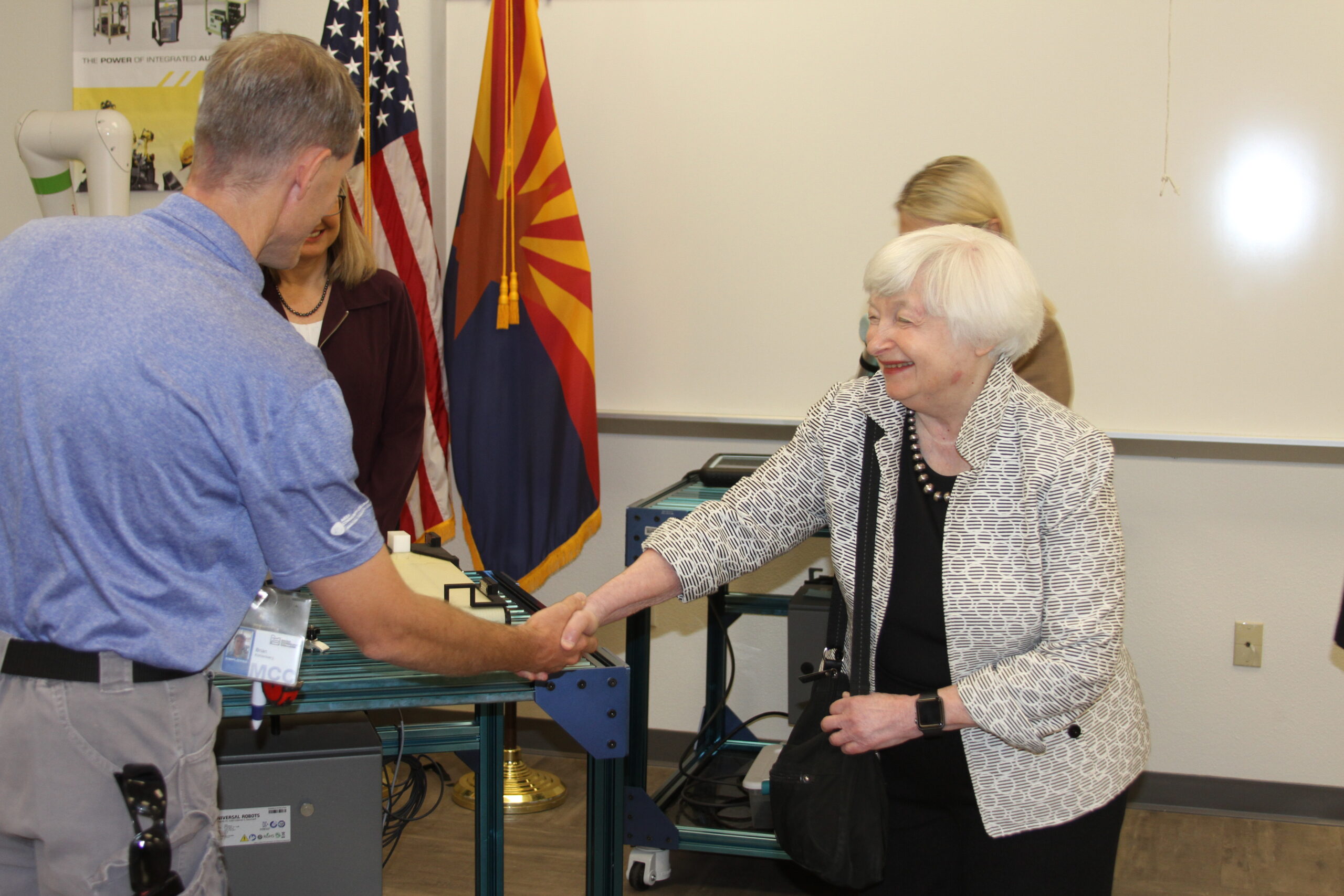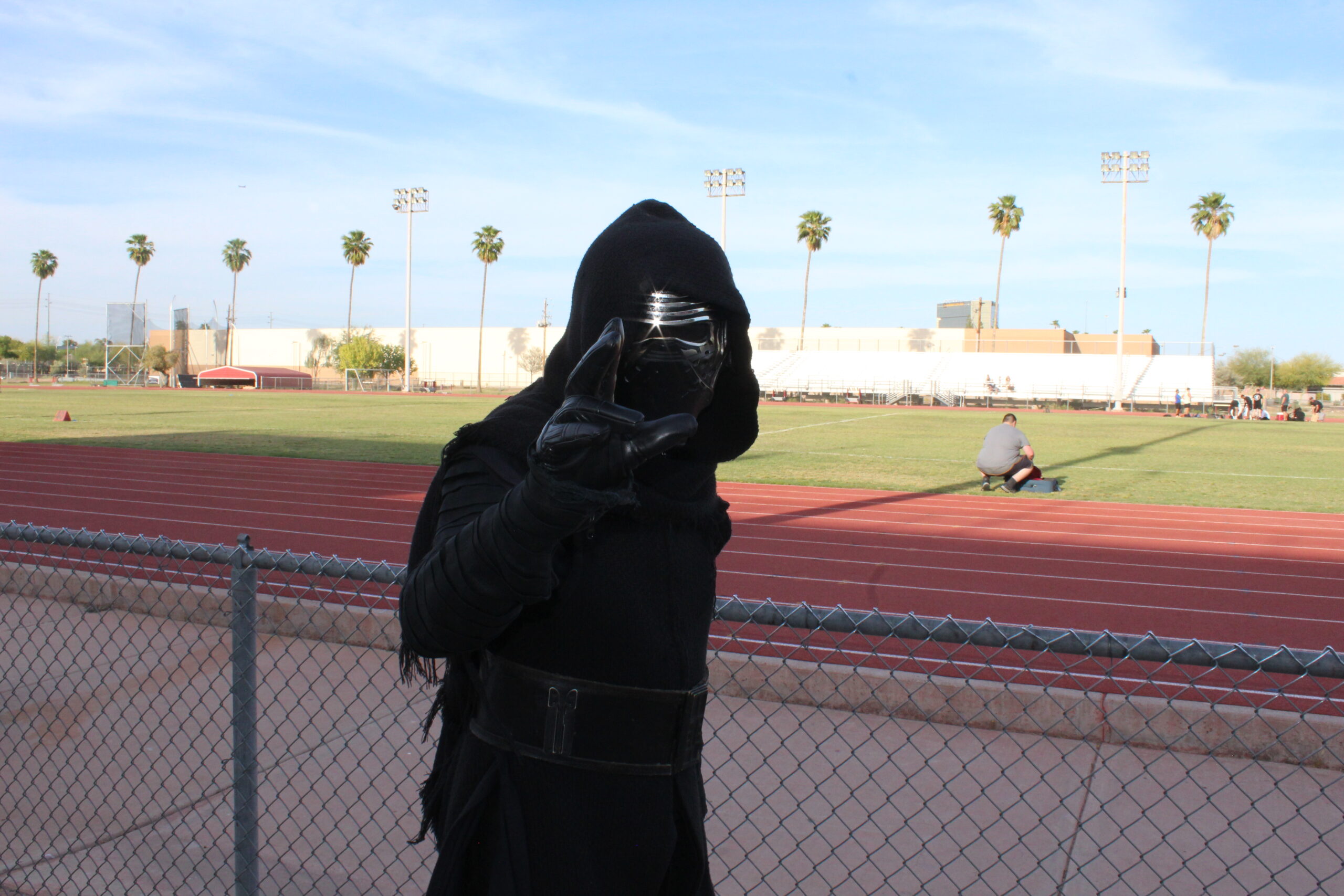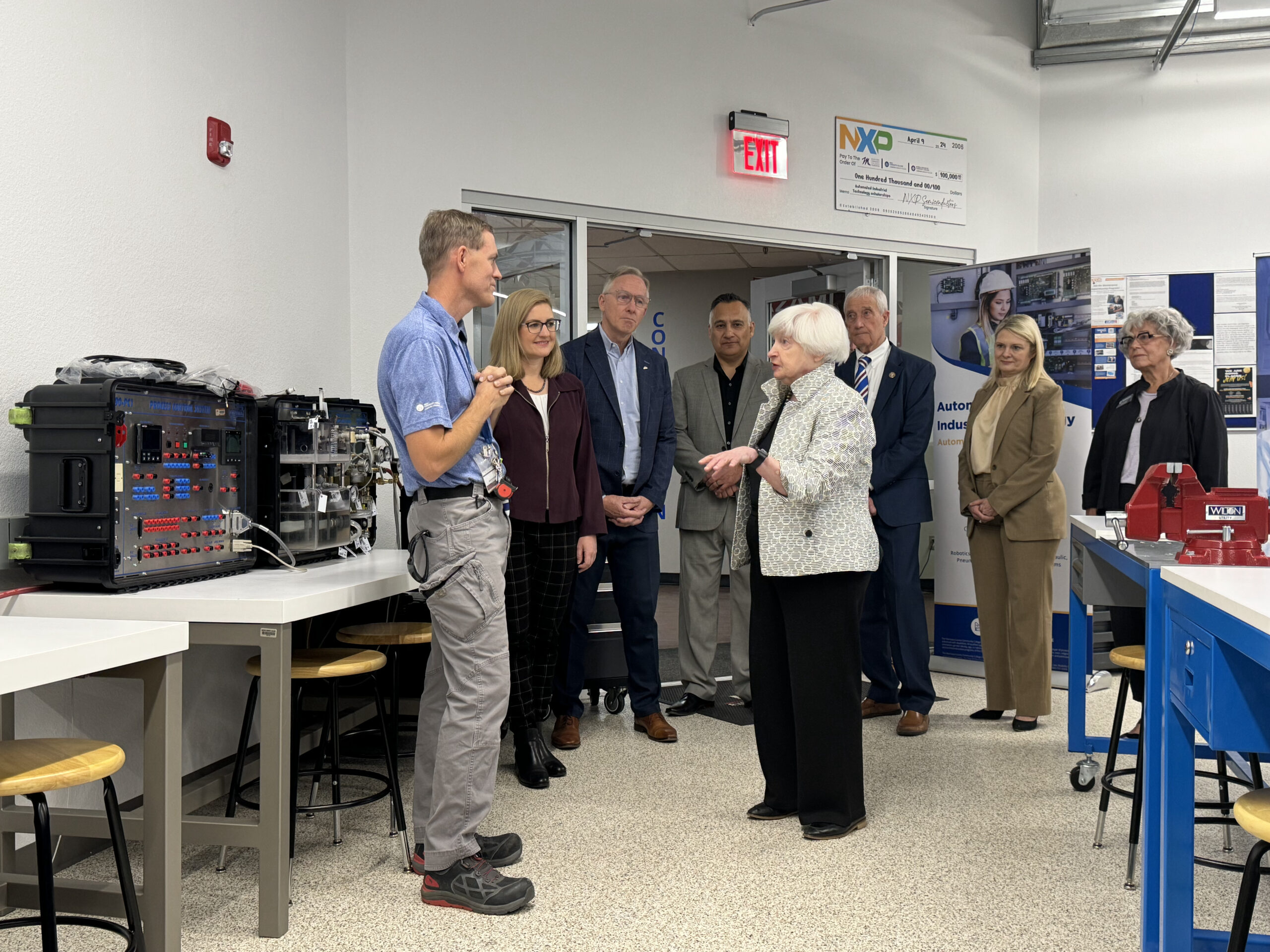Sex trafficking is more prominent than many realize
By: Brittany Cruz
There is more slavery being recorded today than any other time in human history, with approximately 20 million to 30 million slaves in existence.
Of the various slave trades, sex trafficking is a world-wide phenomenon that deals with people who are forced into sex foreign countries.
On the contrary, it exists throughout the United States and occurs locally in both small and major cities.
In fact, the U.S. Department of Justice projects that 14,500 to 17,500 people are trafficked into America yearly.
Not exempt from this, Phoenix is identified They are commonly located in homes, apartments, condos and trailers.
Angela Foster, who is an involvement leader at Rapha House International, expanded on what some of the living conditions are like, describing them as devastating. “In Southeast Asia, where
gang rape, sodomy, beatings, deprivation of food or sleep, isolation from family, friends or other sources of support,” Blomdahl said. “Seasoning is designed to totally break down a victim’s resistance and ensure that she will do anything she is told.”
Shared Hope International’s human rights investigations
With such high revenue rates and a growing demand, it is important to recognize where a significant number of cases stem from.
A 2008 report by the Internet Watch Foundation (IWF) stated that 58 percent of all known child abuse domains are housed in the United States. Aside from researchers and analysts releasing statistics and slavery.
According to the FBI, it is the fastest-growing business of organized crime and the third- largest criminal enterprise in the world.
Involving sexual exploitation, it engages in the recruitment, transportation and selling of mainly females and children.
The International Labor Organization (ILO) estimates that 98 percent of victims are female, though there is some variation between researchers regarding the exact percentage.
People trafficked are usually between the ages of 12 and 19, but there are reported cases as young as 6 years old, as stated
by the U.S. Department of Justice as one of the top 20 human trafficking jurisdictions
in the country. The Polaris Project, which is one of the leading organizations dedicated to ending human trafficking, touches base on each of these sub- sections “We’re oblivious to what’s going on with it.”
MCC student
Jourdyn Wigg
found that minors were sold an average of 10 to
15 times a day, six days a week.
This totals between 9,360 and
14,040 sex acts a year.
Within sex trafficking, some of the different trades hide in plain sight
of the public eye.
Pornography grosses billions of dollars each year and is considered
to be entertainment, albeit in the privacy of people’s homes.
related details on sex trafficking, there is a lot of work being done to counter its expansion in the battle to abolish it.
Meant to combat trafficking and support victims, the U.N. Protocol to Prevent, Suppress and Punish Trafficking in Persons established a universal trafficking definition in 2003.
Its objective is to create a shared goal for countries to strive toward in the mission to prevent sex slavery.
The Trafficking Victims Protection Act (TVPA) is the first comprehensive federal law
to address trafficking in America and focuses on a three-pronged approach: prevention, protection and prosecution.
by Rescue and Restore Coalition of Louisiana.
Even with such statistics piling up, many people still believe slavery is an obsolete practice.
Mesa Community College student Jourdyn Wigg commented on the lack of knowledge and coverage of the millions of people forced into slavery across the world each year.
“People don’t really hear too much about it. If you look on the news, you see deaths, crimes,
but nothing really about sex slavery,” Wigg said. “Actually, I don’t think I have ever seen anything like that on the news.
We’re oblivious to what’s going on with it.”
There is often a misconception that sex trafficking is exclusive to
within the sex trade industry.
Street prostitution is one form of sexualization in which an adult or minor performs sexual services for the financial benefit of their pimp.
A pimp is someone who takes advantage of people for personal gain by using force, fraud or coercion. Through physical and mental abuse, pimps force their slaves to sell commercial sex.
Street prostitutes, who are frequently moved around to avoid law intervention, are assigned different areas to walk and have nightly quotas that their pimps collect in full.
Defined by the Polaris Project as places where victims provide commercial sex to high volumes of men, residential brothels are another popular form of sex trafficking.
we do a lot of our work, it is typically more like a prison cell than a room,” Foster said.
Adding that no running water or bathrooms are available, Foster depicted 6-by-
8-foot concrete rooms that house several, sometimes dozens, of victims.
A frequent question arises as to why victims
don’t run away and find help. The answer comes in the form of a psychological barrier created by pimps.
Coordinator of Resources and Volunteers at Shared Hope International, Tarah Blomdahl discussed how victims can be threatened or manipulated into believing a better life does not exist.
“The pimp uses multiple combinations of psychological manipulation, intimidation,
However, people fail to make the connection between the success of pornography and sex trafficking.
Among the types of commercial sexual exploitation that exist is child pornography.
Also referred to as child abuse images, child pornography depicts sexually explicit
activities involving children.
Through the use of media, children are being sexually exploited with resources like the Internet.
According to the U.S. Customs Service, child abuse images are estimated to be offered on more than 100,000 websites.
Enough is Enough lists child pornography as a $3 billion annual industry, making it one
of the largest illegal online businesses.
Apart from government action, there is an increasing amount of global organizations working toward eliminating sex slavery.
As a dilemma that desperately needs mainstream attention, raising awareness and having support systems available to survivors is key
in taking down the sex trade industry.
Non-profit organization Love146 is a prime example of bringing attention to this common purpose.
Working to end child trafficking and exploitation, Love146 offers holistic
care to survivors, provides prevention education, and trains professionals who encounter children.









